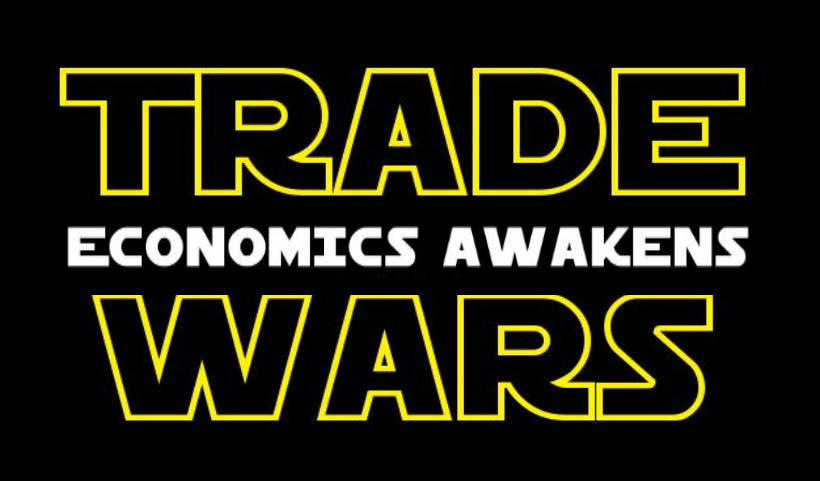The Economic Way of Thinking: The Key to Financial Literacy


Trade Wars – Economics Awakens (repost)
FTE is re-posting this article written during Trump 1.0. Much of what Professor Malek had to say about tariffs back…

The Economics of Love, Trade, and Opportunity Cost
February 12, 2025 Professor Jamie Wagner discusses the economics of love, trade, and opportunity cost. She is a Professor and…

Book Club Recap – Socialism Sucks: Two Economists Drink Their Way Through The Unfree World
December 2, 2024 Jamie Wagner is a Professor and Teaching Fellow with the Foundation for Teaching Economics, as well as…
